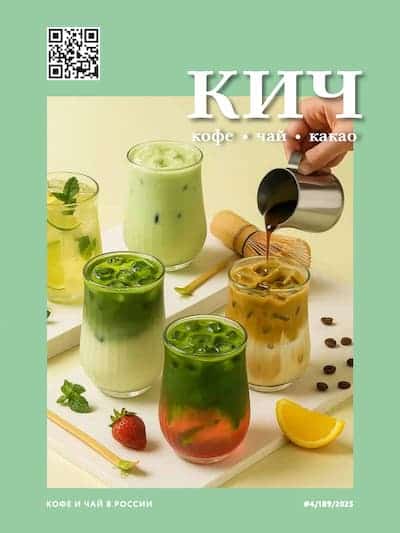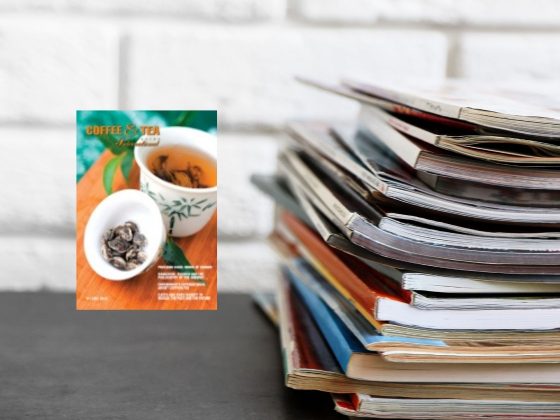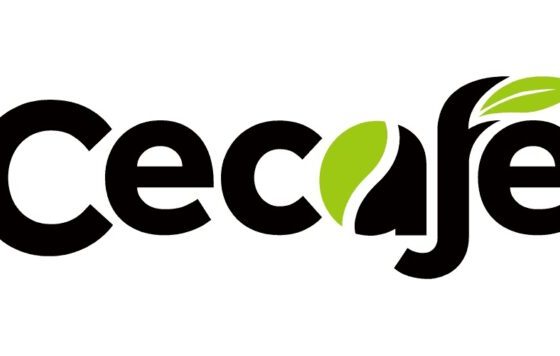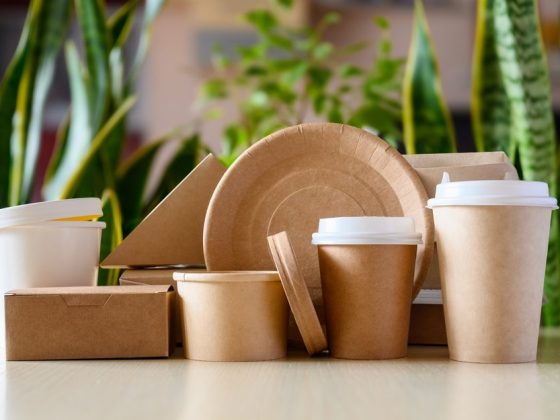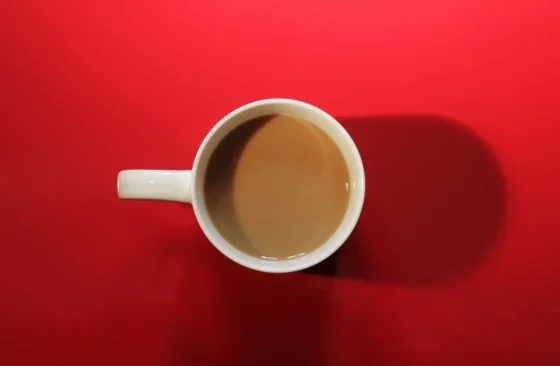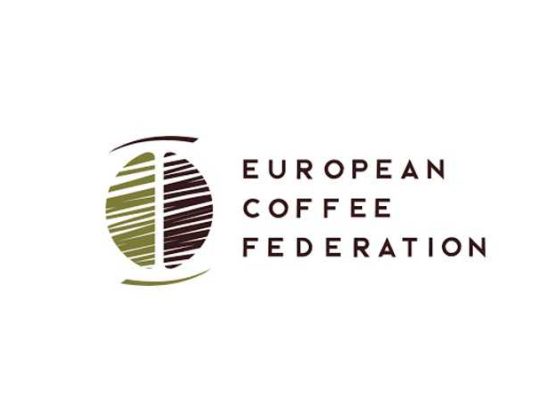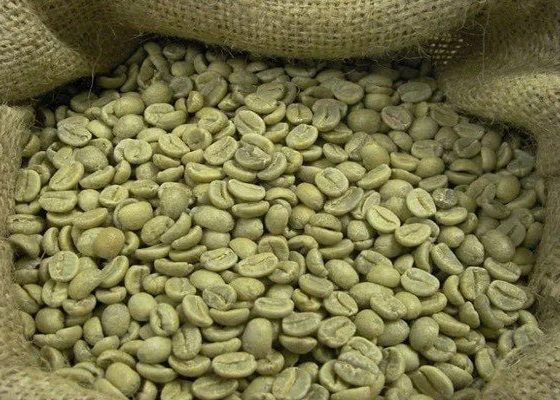For a generation that has always put on a pot of coffee, the single-serve sensation makes little sense. It’s expensive. It’s wasteful. It only makes one cup at a time.
But one cup at a time is just fine for many people and not at all expensive when compared with buying that cup somewhere else. These people don’t want that hours-old dredge at the bottom of the pot. They don’t want to scoop and measure and wait for a full pot. They are not sitting down for a cup or two with guests each day.
«Households are getting smaller and the amount of time for the American coffee ritual has shrunk,» says Miles Small, editor-in-chief of CoffeeTalk Magazine.
The positives outweigh the negatives for single-serve proponents.
«It’s kind of decadent and the packaging is somewhat wasteful, but when I realized I could have a hot, fresh cup of coffee … I thought that was an indulgence that I deserved,» says Saddle Brook’s Teresa McAleavy, who owns a Keurig machine. «I wasn’t going to be wasting. I would wind up throwing a half a pot out every day. If you love coffee, why deal with burnt leftovers that you nuke and [that] taste awful?»
This kind of talk is what these single-cup machines generate. They make regular people sound like late-night infomercial hosts. McAleavy was one of the early Keurig converts, buying her first machine about five years ago. She has spread the word, bought the coffee makers as gifts and done her part to keep the cult growing.
Single-serve coffee is not new and not overwhelming the market – according to Small, it still makes up only 7 percent of total in-home coffee sales – but if it seems like the Keurig machines are suddenly everywhere, there is good reason.
While the impact on total coffee sales may be minimal, when it comes to coffeemakers purchased, single-serve has its hold on the market. In the 12 months ending in November 2011, nearly 46 percent of the money spent on coffee or espresso makers went to single-serve machines, according to NPD Group, a market research firm. Keurig Inc. sold 4.2 million machines in the last quarter of 2011.
Nespresso is the king of espresso single-serve coffeemakers at the moment. Nespresso machines ($130 to $400) and Keurigs ($100 to $190) have their own fervent followers who will never go back to their old ways after brewing and steaming for the perfect homemade latte. Starbucks will introduce the Verismo espresso machine later this year, which Small says can be a game-changer because of the company’s gigantic retail footprint.
Nespresso owners don’t have it easy. The coffee can be purchased only online or at a Nespresso boutique store, the nearest of which is in Manhattan. The aluminum coffee capsules cost about 55 cents each and must be ordered in packs of 50. They are color-coded by coffee strength and style. Keurig owners, however, can find their K-Cups just about anywhere and have more choices than ever before.
«There has definitely been an explosion in options,» says McAleavy.
There are 25 brands and more than 200 varieties of coffee, tea, hot chocolate and other hot beverages available for the K-Cup.
And now Keurig has a new system, the Vue, which offers more options for size of cup and strength of coffee. The V-Cups can be recycled in places that take No. 5 plastic, eliminating one of the biggest knocks on K-Cups – that they are not green. (Nespresso’s aluminum coffee pods are recyclable.)
«I do care about the environment,» says McAleavy. «But when you look at what’s still manufactured and still out there, I think that’s less egregious than buying Styrofoam and throwing it out or throwing pots away all the time. If they come up with a recyclable plastic to use, that would be great.»
The Keurig website says the company is working on that.
Source: northjersey.com/food_dining/143030785_For_growing_cult_of_single-cuppers__promise_of_fresh_joe_trumps_all.html
